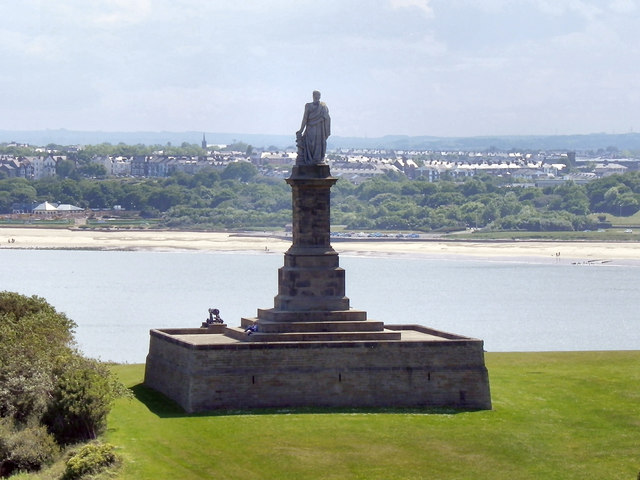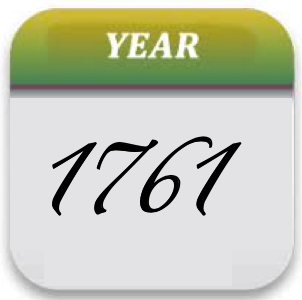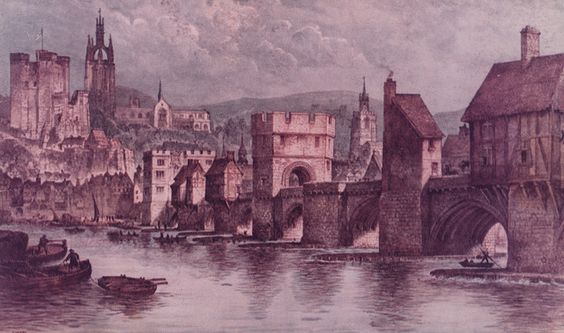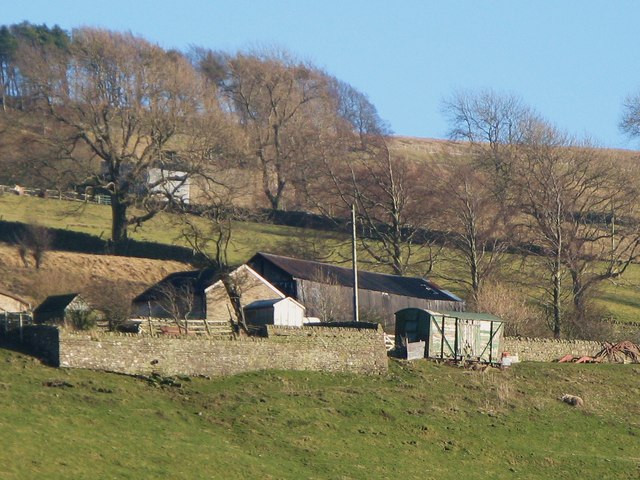ADMIRAL LORD COLLINGWOODS STATUE

-
Description
This grand monument is of Lord Horatio Nelson's second in command at the Battle of Trafalgar sitting on parkland high above Tynemouth's superb view over river and sea. Thanks to the Northumbria Info website for the following biographical details: "The Collingwood Monument celebrates the life and achievements of Admiral Lord Collingwood. Born the son of a Newcastle merchant in 1748, Cuthbert Collingwood first went to sea in 1761 and rose swiftley through the naval ranks as first the American War of Independence and then the Napoleonic War pitched him into a number of victorious encounters. His connection with Lord Nelson began in the 1770's and it was as Nelson's second in command at the Battle of Trafalgar that Collingwood achieved his greatest notoriety, both of master of his ship the Royal Sovereign and by taking command of the battle on the death of Nelson. Following Trafalgar he was awarded a peerage but died at sea in 1810 and was later buried in St. Paul's Cathedral. His statue was sculpted by John Graham Lough and stands atop a pedestal designed by John Dobson. The position of the monument marked Collingwood's family connection with North Shields, allowed the statue to be seen from the sea and the river, and let the great man stare out to sea his hand resting on a rope wrapped bollard. The four cannon on the walls flanking the steps at its base came from his flagship and were added to the monument in 1849, four years after its original completion". I have a copy of the navy academic John Sugden's epic biography of Lord Nelson; A Dream of Glory, which shows that these men were on good terms with each other, Nelson's letters to Collingwood open with an affecionate "My Dear Coll", they shared similar backgrounds and histories in his book Professor Sugden compares their different characters: "Where Nelson hungered for attention, Collingwood regarded fame as a transitory and futile possession. "Its trumpet makes a good noise" he once said, "but the notes do not dwell long upon the ear." Where Nelson was impatient and opportunistic, Collingwood was as steady and solid as a rock" The writer, Max Adams, has produced an acclaimed biography of Collingwood, (note to self: add to wants list) "Collingwood - Nelson's Own Hero". War at sea was a hair-rasingly dangerous enterprise in these far-off days. All direct, nothing remote, and very violent and unlike many other situations the bosses were in the thick of it with the ranks, Wordsworth gets the flavour of it... Both these "happy warriors" died at sea. Wordsworth, lost his beloved brother at sea, and writes powerfully in his poem; "Character of the Happy Warrior" written shortly after the Battle of Trafalgar: CHARACTER OF THE HAPPY WARRIOR (Part) "Who doomed to go in company with pain, And fear and bloodshed, miserable train! Turns his necessity to glorious gain. William Wordsworth 1770 - 1850. -
Owner
summonedbyfells -
Source
Flickr (Flickr) -
License
What does this mean? Attribution License
-
Further information
Link: https://www.flickr.com/photos/8521690@N02/16593816664/
Resource type: Image
Added by: Simon Cotterill
Last modified: 8 years, 5 months ago
Viewed: 1280 times
Picture Taken: Unknown -
Co-Curate tags












